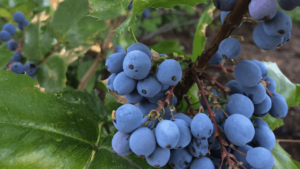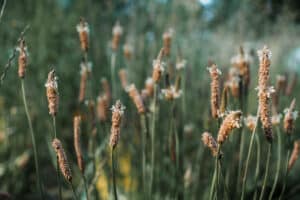We’ve all seen it before. You get super excited about a new herb and want to learn more about it. So you pull your herb books off the shelf and open it to the monograph on that plant.
Unfortunately what you end up with is oftentimes only a few paragraphs, many of which begin with “This herb is good for….” followed by a list of symptoms.
While this type of information can be useful, for me, it’s just not deep enough. It doesn’t ultimately lead to me having a comprehensive understanding of how that plant functions physiologically and alters the state of the tissues, organs and systems within the body.
What an herb is “good for” doesn’t concern me as much as who that herb is and how it functions physiologically.
This has led to me to describe medicinal plants based on their clinical patterns, meaning what are the constellations of symptoms, physiological imbalances, and underlying tissue state/constitutional energetics that makes that plant beneficial for certain problems.
So rather than saying “Willow is good for headaches.” I want to know why Willow is good for headaches. What is it doing on a physiological and energetic level in the body that makes it beneficial for headaches? What type of headache is it good for? Because many people take Willow for a headache and it doesn’t do anything, but others do and it helps immensely.
In essence, we want to get more specific with our understanding on how to apply medicinal plants within a therapeutic context, and in my opinion the best way to do that is to understand the underlying patterns within the plants and how they match certain patterns within a person. This is often achieved through the synergy of looking at the actions, affinities and energetics of the herb then applying that synergy of information towards how it is applied medicinally.







